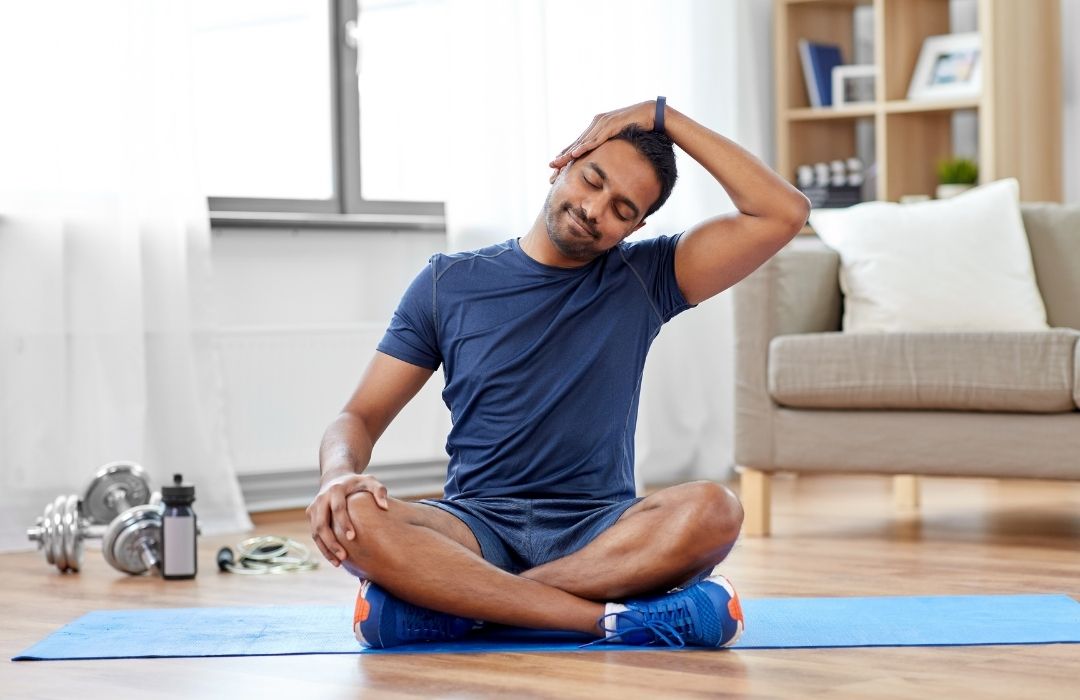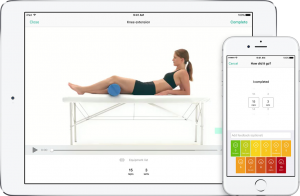
5 tips for doing your home exercise program
Author:
Last updated: 2023-10-31
“Ughhh, Homework”
As Physiotherapists, we give our patients ‘homework’ in the form of a home exercise program to help keep their rehab up to scratch between appointments. Whilst it’s not the most popular form of treatment we provide, believe us when we say it is certainly one of the most important (and successful).
We get it, nobody likes doing their homework. Even from a young age most of us seem to have a predisposition for avoiding homework and finding every reason not to do it. Fortunately back then, you had your parents reminding you to do your homework which would keep you out of trouble. As we all know now, the only person keeping you accountable for doing your homework as you get older is you.
Despite its importance, people struggle to follow through on their home exercise program. Too often we hear patients of ours say the following when we ask how they are progressing with their exercises:
- “I simply do not have the time to do my exercises”
- “I’ve forgotten how to do the exercises properly”
- “How do I even know if they are working?”
- “I always forget to do the exercises given to me”
We do understand that time can be your enemy with a busy schedule. There’s dinner to cook, kids to drop to sports, the washing to fold…
But, believe it or not, there’s a way to overcome all of these reasons why you can’t do your exercises.
How best to do your home exercise program
We’ve compiled 5 easy to follow tips to help you incorporate your exercises into your busy schedule because by not doing them, you are only reducing your chances of a full recovery.
1. Set a day in your calendar and stick to it.
If you know that certain days in the week are an absolute no go, then find the days that you do have free and put a note in your calendar. By physically setting a date, you are more likely to remember it and follow through on it.
2. Set an alarm as a reminder
For most people, their home exercise program should take no more than 15 to 30 minutes, and we know that you almost certainly have this time to spare at least once during the day. You can set an alarm:
- Shortly after you wake up in the morning
- During your lunch break at work
- When you get home from work
- Shortly before you go to bed at night
When your alarm goes off, get to it!
3. Prioritize the most important exercises in your program
Talk to your Physiotherapist about what exercises they think are the most important. You can mention to them that you are short on time, and may only have 15 minutes at the most. They will then be able to tell you what to do and when or even modify the home exercise program, but communication is the absolute key with this one.
4. Combine your home exercise program with your daily routine
Hey, you don’t even need to dedicate a certain time of the day to do the home exercise program. Need to do some calf raises? Do them whilst cooking dinner. Need to stretch out the muscles around your ankle? Do them whilst watching TV. You can even do them as part of your warm-up or break at the gym. Incorporating them into your day-to-day activities will certainly keep things interesting and make them feel less of a chore, trust us.
5. Ask your Physiotherapist about using the Physitrack app
Are you prone to losing your exercise sheet or forgetting how to do those exercises? Physitrack has you covered. Our Physiotherapists can now prescribe your tailored home exercise program through a brand new app called PhysiApp. The app lets you complete your prescribed exercise program by following crystal-clear, narrated exercise videos. PhysiApp is completely free to download from the App Store and Google Play store or can be accessed via your browser. Built-in reminders help you to stay on track towards a better you! Watch one of the video demonstrations here to see how easy and great these videos are! If you already have a home exercise program through Physiapp, you can login here.

Whilst we can try our best as Physiotherapists to deliver the best hands-on treatment possible, ultimately what is going to get you to the finish line for recovery is your ability to do your stretches and exercises in your own time. Unfortunately we can’t do them for you, but we can try to make it as easy as possible for you to get them done.
We promise that putting in the dedication and following the tips above will help you recover fully in the quickest time possible. Just think of it as one of those ‘short-term pain for long-term gain’ moments.
If you have an injury or condition that needs some attention, then feel free to give your closest Health First Group clinic a call to begin your journey to a healthier, happier you. You can find your closest location here.
Find your nearest clinic
With 18 clinics nationwide and many more on the way, there's bound to be one near you
Discover our locations